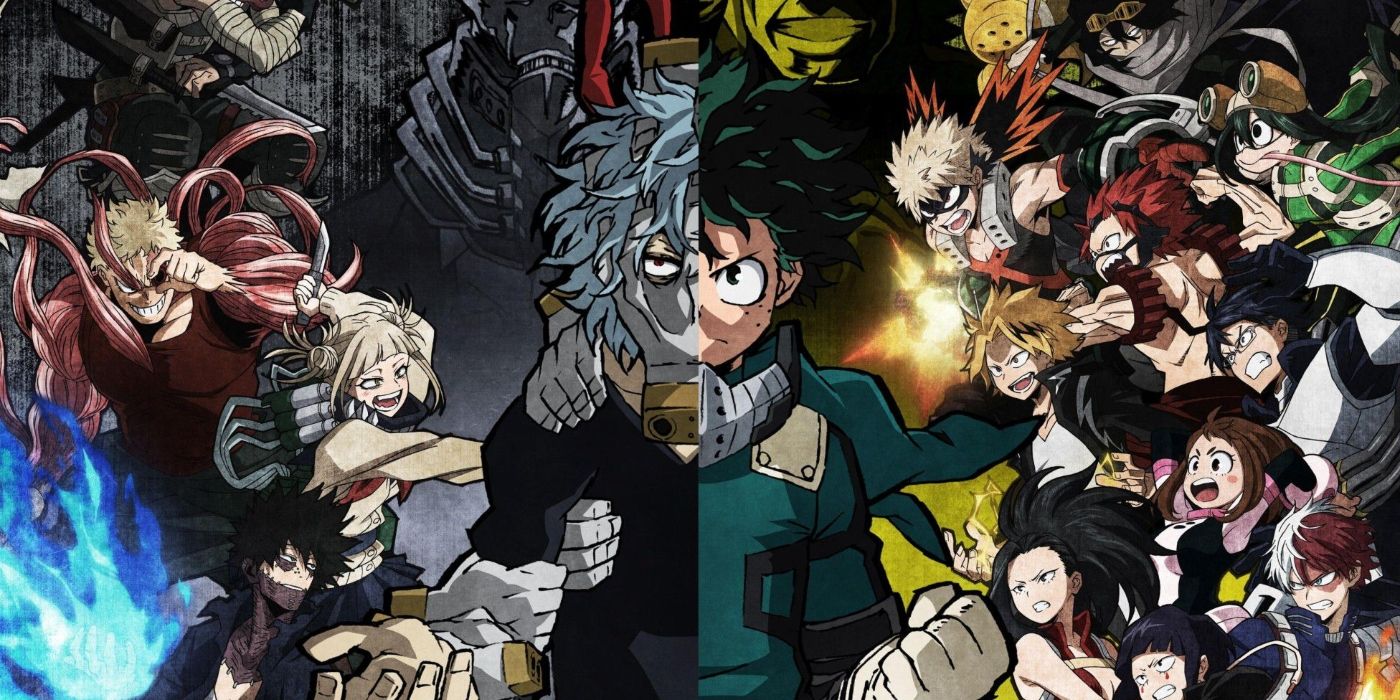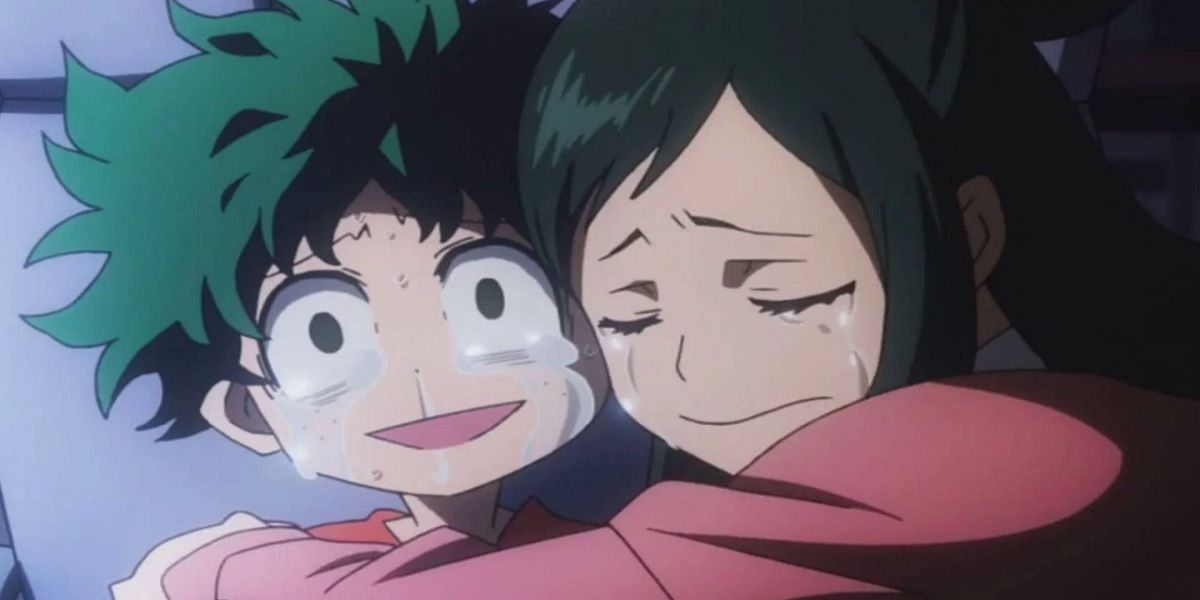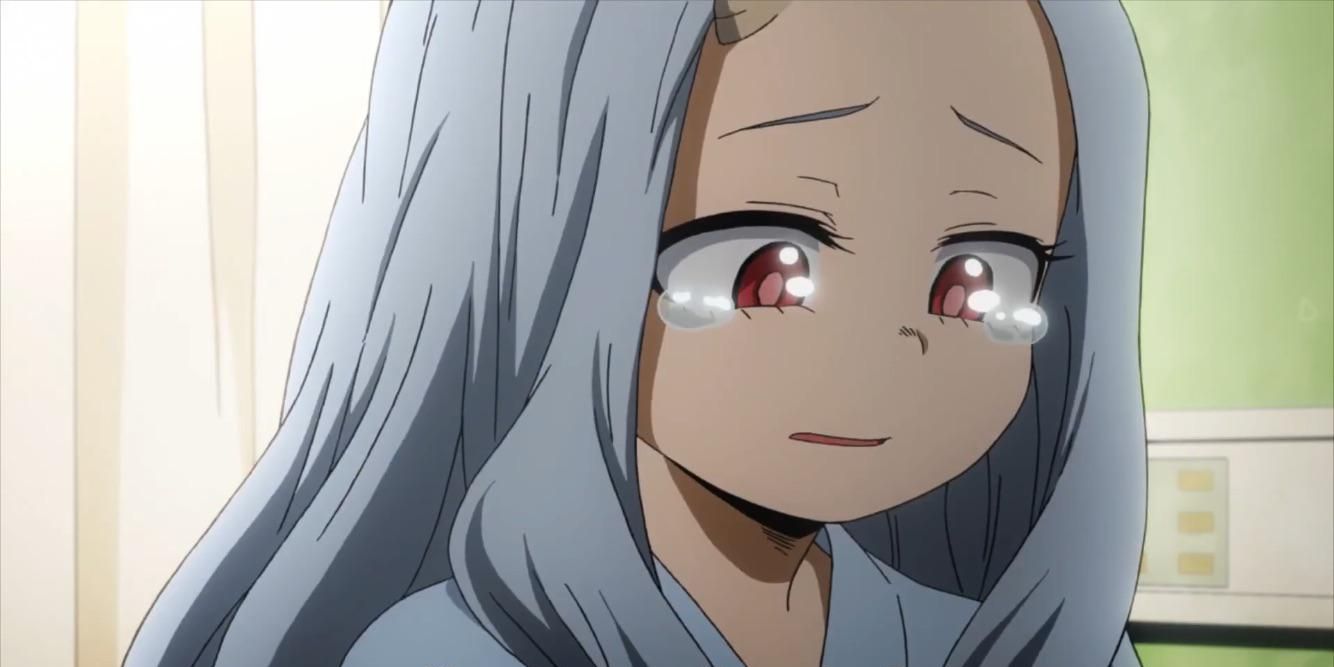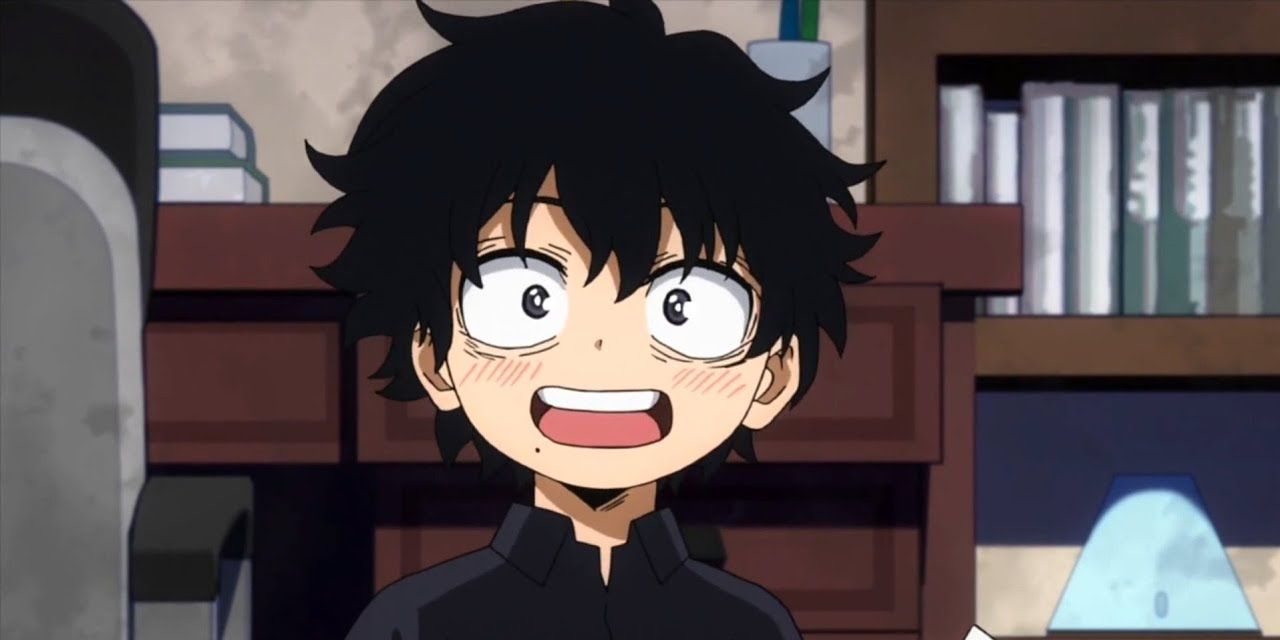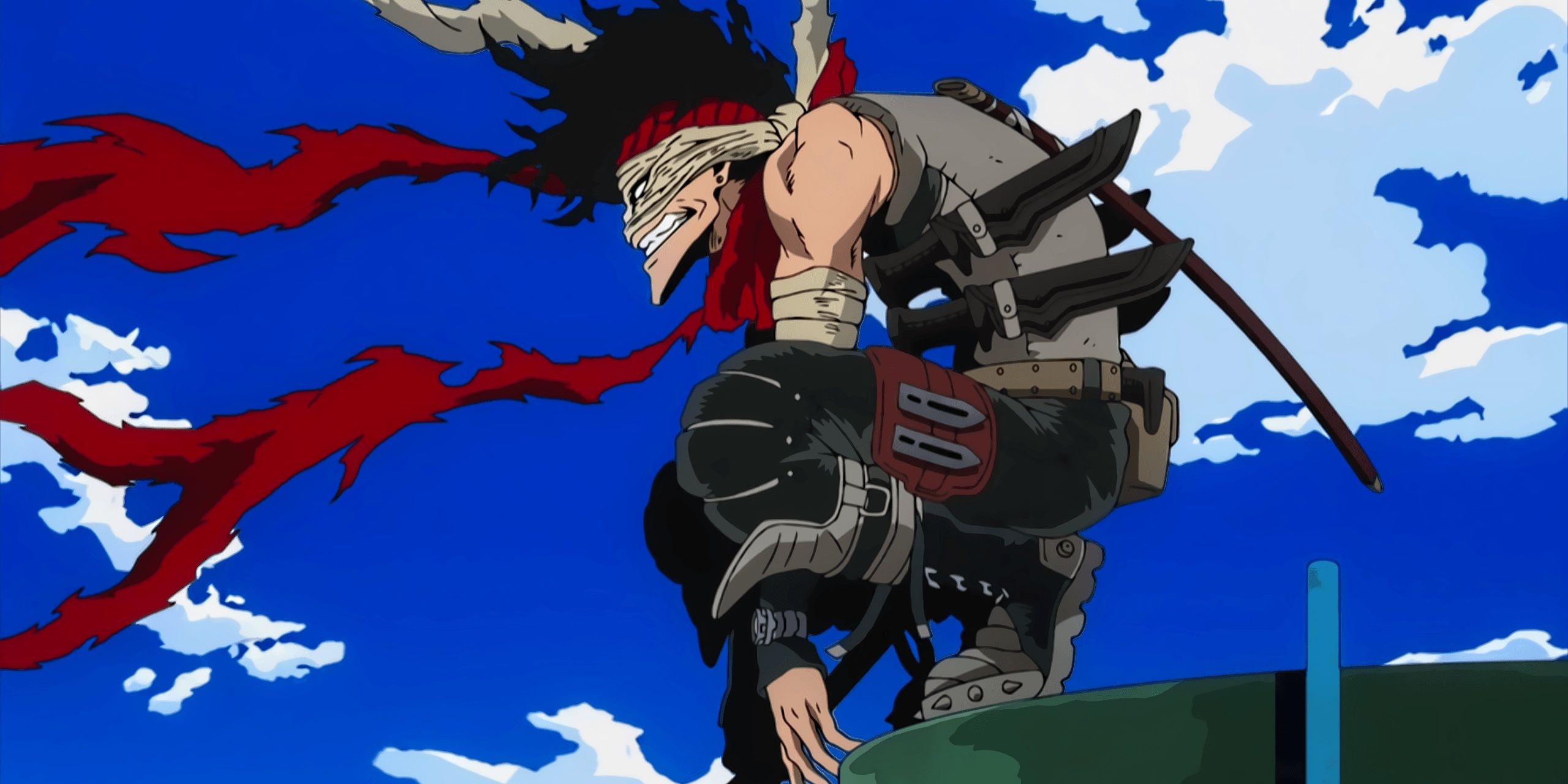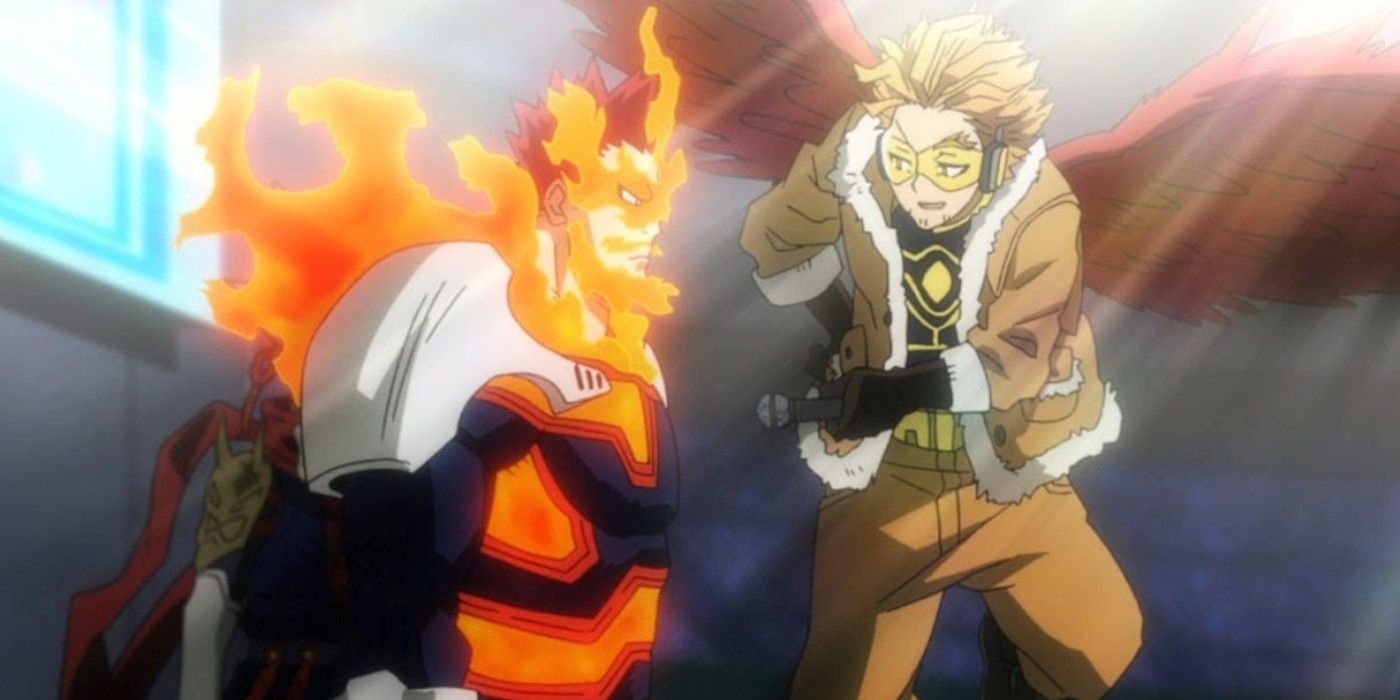In a superhuman society where nearly 80% of the population has some unnatural ability or power called a Quirk, the dream of being a hero in My Hero Academia became a goal for many. However, its society failed to adapt to the multitude of Quirks and how the offspring of two individuals would result in newfound powers. As a result, being a hero became more of a show to see who had the strongest Quirk rather than the ability to help people.
MHA's hero society became a hierarchical system where those who weren't lucky enough to garner a decent Quirk were doomed to fail. Here's how this concept made the world a breeding ground to create villains who would one day revolt.
My Hero Academia's Quirks Are Due to Genetics
After the first baby to be born with a Quirk came long, other individuals manifested unique abilities. The origin of their appearance is unknown, but it caused chaos within society since there were no rules binding the use of these Quirks. As a result, heroes became the ones to keep order and peace as each passing generation produced new heroes and new Quirks.
Quirks in My Hero Academia are inherently genetic. The offspring of two individuals with Quirks will either inherit the mother's or the father's, or develop a combination of both. In some abnormal cases, a child can be born without a Quirk or have a mutation that results in an ability neither parent possess. Two cases within MHA where the child developed a Quirk different from their genetic lineage are Eri's Rewind and Shigaraki Tomura's Decay. Midoriya Izuku's parents both had Quirks, yet he ended up Quirkless.
To produce strong offspring, some people arranged Quirk Marriages and chose their partner solely on the type of Quirk they possessed. An example of this is the Pro Hero Endeavor. His son Shoto was the only one of his four children to inherit his hell-flame Quirk and his wife's ice-type Quirk. The result of their marriage produced Shoto's half-hot/half-cold Quirk.
Any Quirk Is Dangerous if Society Deems It So
My Hero Academia's Quirks fall under three categories: emitter, transformation, and mutant. Since Quirk manifestation is due to genetics, the type the person inherits depends on their parents. Dr. Garaki's theory of Quirk Singularity suggested that Quirks will continue to evolve with each new generation. According to him, as Quirks become more complex, they will grow more powerful and more difficult for the user to wield. As a result, over time Quirks will no longer be controllable and will become a danger to society.
As seen in the story so far, those who could not use their Quirk were deemed dangerous and outcasts. Eri rewound her father to before he was born, and her mother abandoned her. When Shigaraki accidentally killed his family due to his inability to control his Quirk, he was left alone and nobody offered to help. Since neither could properly wield their Quirks, they were deemed dangerous. However, any strong Quirk can do harm depending on who uses it. The hero society merely overlooks "dangerous" Quirks as long as the hero is well-liked.
Good Quirks Can Fall Into the Wrong Hands
All Quirks in My Hero Academia have the potential to harm. Depending on an individual's sense of justice and morality, they may choose to use their power to help people or cause destruction. The Pro Hero Thirteen explained at the USJ training that her Quirk, Black hole, can do more damage than good, but she uses it to rescue people rather than hurt them. Other examples of Quirks that can harm are Bakugo's Explosion, Midoriya's One For All, and Eri's Rewind.
The guidance an individual receives affects how they perceive the world and determines how they choose to live in it. The majority of kids develop their Quirks by the age of four. During that time, teachers and parents provide the children instructions on controlling their newfound abilities. Should they go on to a hero school such as UA, they may receive further guidance on utilizing their Quirks to their fullest potential.
Kids are highly impressionable at a young age. The help -- or lack of -- that they receive shapes who they are. Kids who were ostracized or abandoned can hate the world as much as someone who lived a privileged life. Shigaraki and Midoriya are prime examples of this parallel. They were kids who wanted to be heroes but due to their Quirks (or lack of), they were rejected by those around them. However, the help their mentors provided led them down drastically different paths. Since All for One saved Shigaraki instead of All Might, his future led him down the path of villainy. The same could have happened to Midoriya if the situation had changed.
Stain Was Right That Some Heroes are Fake
My Hero Academia's "Hero-Killer" arc saw Midoriya and his friends face off against the Hero-Killer Stain. Stain believed the world needed to be cleansed of heroes because most of them were fakes. He declared that most didn't actually want to help people, but desired the fame and fortune that came with popularity. His ideology inspired many villains who believed the hero society was flawed, causing an increase in the crime rate.
Some heroes do genuinely fit into Stain's narrative. Endeavor strived to be the number one hero and wanted to create offspring strong enough to overtake All Might. His ambitions caused him to focus more on surpassing All Might rather than acting as a hero whom people admired. He was cold to his fans and even his own family, while his overbearing ambitions caused his wife to snap and caused Toya to "die."
MHA's Hero Society Is a Popularity Contest
Japan's yearly Hero Billboard Chart further proves Stain's claim that the hero industry is a popularity contest. As of episode 87 of the MHA anime, the top three heroes are Endeavor, Hawks and Best Jeanist. The Wild, Wild Pussycats fell from 32nd to 411th despite being well-known rescue heroes. Mt. Lady placed 23rd even though her Quirk destroys her surroundings unless she has enough space. Fatgum ranked 58th, but he has shown to be a capable and sincere mentor to Amajiki and Kirishima.
The Hero Billboard Chart rates heroes based on their popularity and how strong they are, rather than their contribution to society. When Ryukyu received her tenth place, she tried to deny her ranking because she felt like she didn't do the work to deserve such an honor. Heroes focus more on being the best rather than helping others. Those who strive to make a difference tend to fly under the radar and not get the praise they deserve. Aizawa Shota is a prime example. He takes Eri in and works to educate the next generation of heroes -- but since he isn't on the battlefield, his hard work goes unnoticed.
My Hero Academia's world didn't fully adapt to the appearance of Quirks. Its heroes didn't prepare to deal with the consequences of Quirk evolution, and as a result they weren't able to provide the proper guidance to individuals with dangerous Quirks. This flaw opened a gateway for the birth of villains and individuals who sought change.

